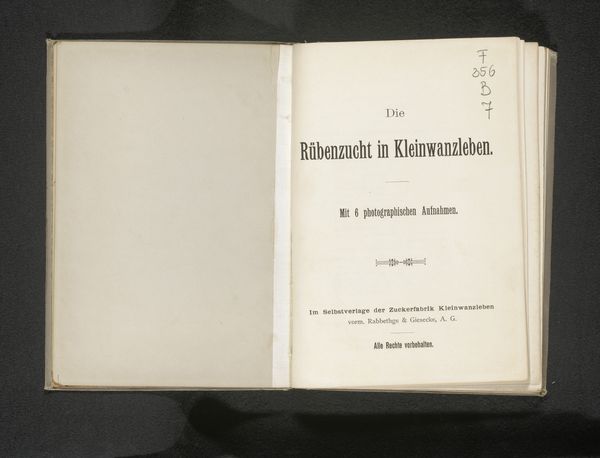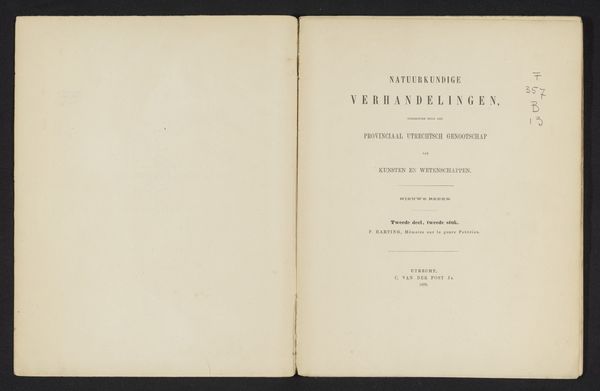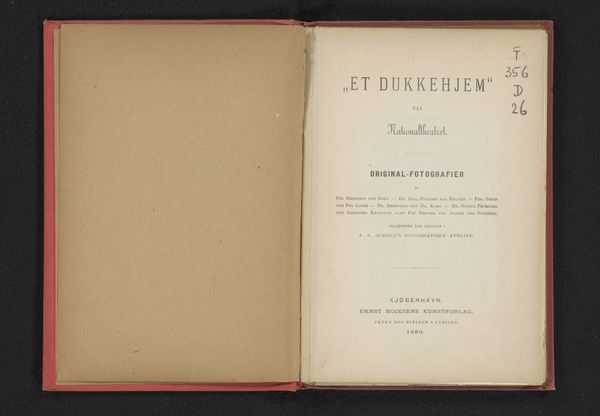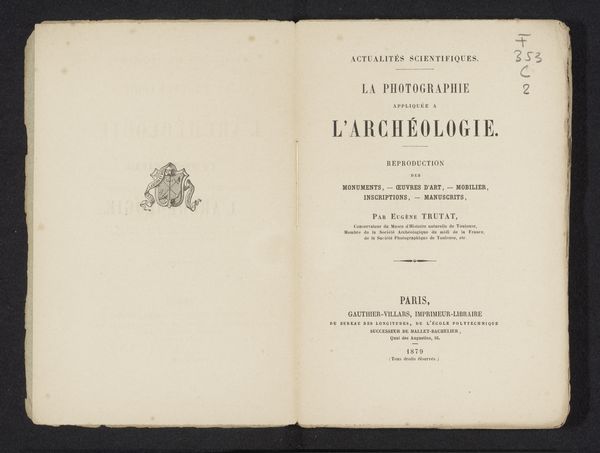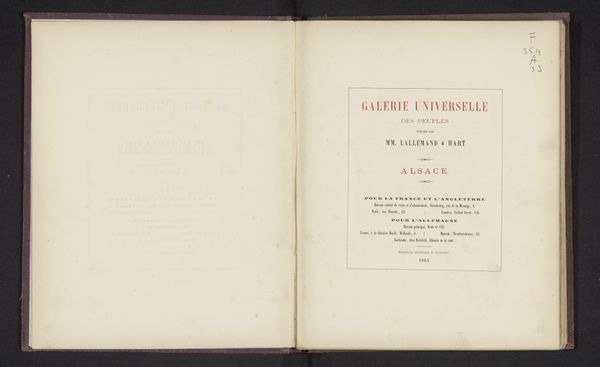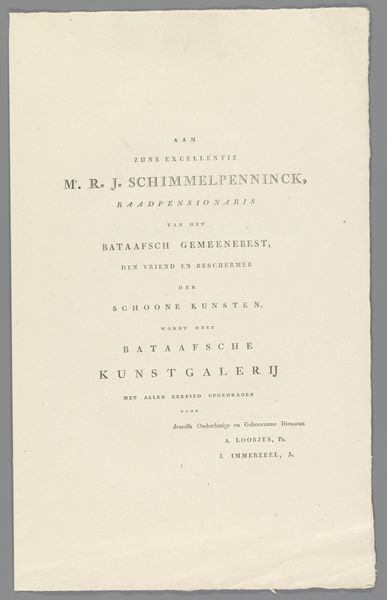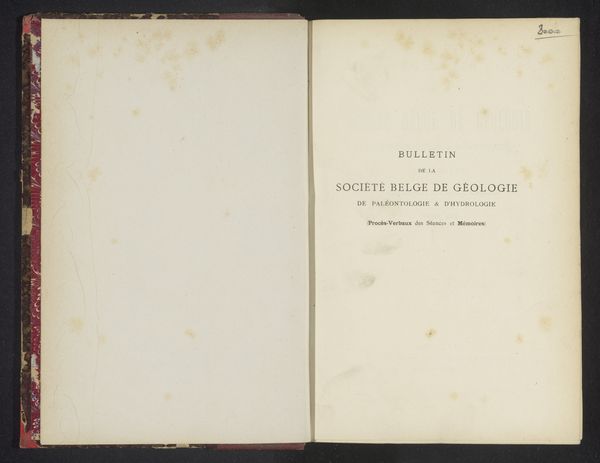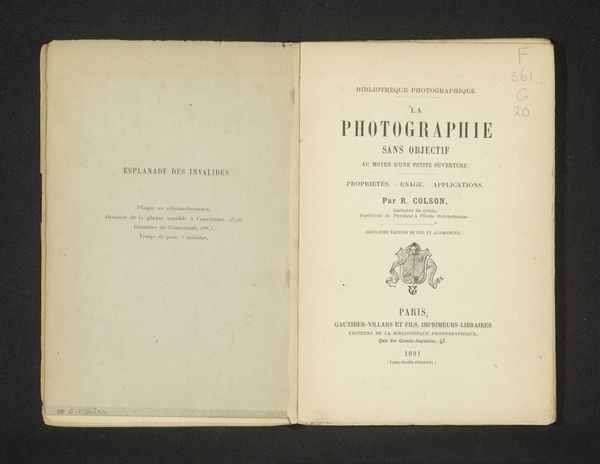
print, paper, typography
# print
#
paper
#
typography
#
modernism
Dimensions: height 315 mm, width 240 mm, thickness 15 mm
Copyright: Rijks Museum: Open Domain
Editor: Right, let's dive into this fascinating find. We are looking at “Experimental-Untersuchungen über das Schaedelwachsthum” by Bernhard von Gudden, dated 1874. It’s a print on paper, mainly typography. Initially, I find it intriguing yet a bit unsettling, like peeking into a forgotten medical journal. What stands out to you the most when you look at it? Curator: Unsettling is a good word! It has that feeling of discovery tinged with the era's anxieties, doesn't it? For me, it’s the type itself – those gothic letters. It feels like a doorway, not just to the knowledge it holds, but to the specific time. I almost smell the ink and feel the weight of the book. Do you get a sense of the scientific fervor of the time? I mean, they were chasing knowledge down every avenue, weren't they? Even slightly creepy ones. What does this "modernism" tag tell you about a piece like this? Editor: Well, given it's 1874, "modernism" surprises me. It doesn’t immediately scream avant-garde. Maybe it's hinting at the emerging scientific rationalism challenging older belief systems? Or perhaps it is more about a break in typography from something more embellished? Curator: Exactly! The content is deeply scientific, obsessed with rationalizing something utterly human—growth and the physical self. The straightforward presentation IS its modernist statement! And the very specific use of typography lends itself to scientific writing: no flourishes, no nonsense, strictly utilitarian. So much of the feeling is locked up in these choices and contrasts, don’t you think? I mean, could you imagine if this had been done in elaborate script? Utterly absurd. Editor: Absolutely. Now that you point it out, I see that modern sensibility reflected in the austere layout, totally emphasizing function over ornamentation. This feels like it pulled back the curtain on the way things were made. It’s way more interesting now that I know all of this. Curator: Precisely. We are seeing something more complex by looking at it through both content, form, and historical lens. It's about challenging established norms in how knowledge is presented, stripping things back to their bare essentials to allow reason to take the fore. You peel back one layer, you get another!
Comments
No comments
Be the first to comment and join the conversation on the ultimate creative platform.
